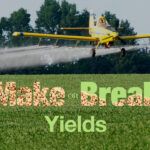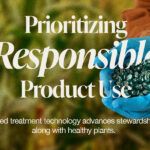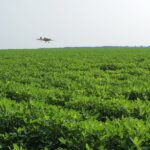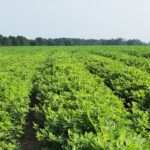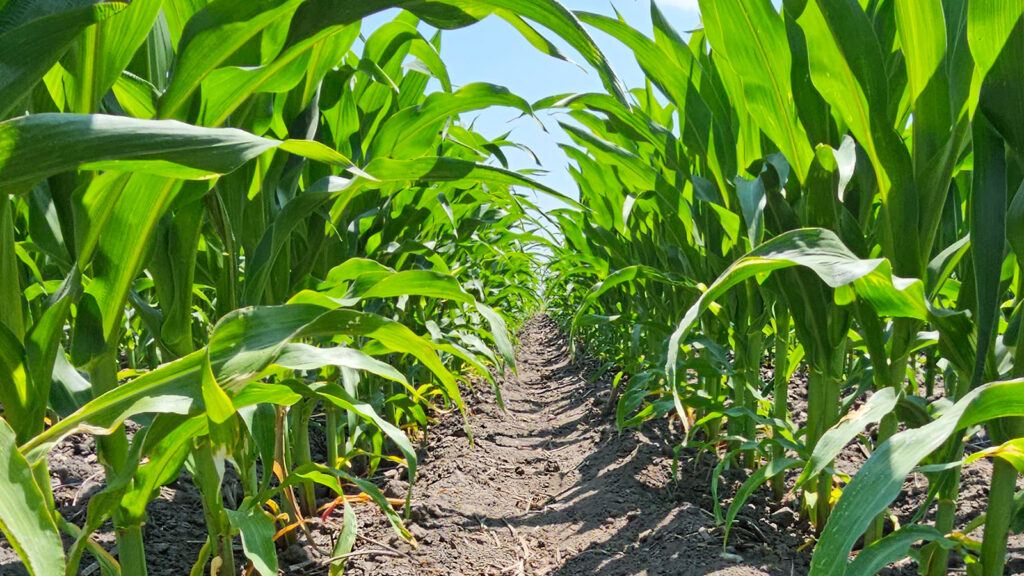Three Tips for Combatting Frogeye Leaf Spot
Preventive applications of powerful fungicides like Miravis Top are an integral part of effective disease management plans.

Summers in the South are hot and humid, two weather conditions that create the perfect environment for diseases like frogeye leaf spot (FELS) to develop. The Crop Protection Network estimates that FELS can cause yield losses of up to 35% under the right conditions. Severe disease outbreaks early in the season or shortly after flowering have the highest impact on yield, whereas late-stage disease outbreaks after R5 can have a reduced impact on your bottom line.
FELS can be difficult to diagnose and is often mistaken for other diseases and disorders such as herbicide injury or target spot. In addition, strobilurin-resistant FELS has been confirmed in 18 states across the South and Midwest, according to North Carolina State University. If your fields have a history of FELS or you see signs of disease after using a strobilurin-containing fungicide, contact your local agronomist or extension service to see if strobilurin-resistance may be an issue in your field.
Staying Ahead of the Disease
You still have time before signs of frogeye leaf spot begin to develop. Consider these tips to prevent the threat of FELS:
- Consider crop rotation: The fungus that causes FELS survives on residue, so rotations to a different crop can prevent the likelihood of residue surviving from season-to-season. Tilling can also help break up the remaining residue and reduce the amount of fungus.
- Keep an eye on the weather: Like many foliar diseases, frogeye leaf spot thrives in warm (80-85°F) and humid conditions. Keep in mind that younger leaves are more susceptible to the disease and that symptoms become visible 7-14 days after infection.
- Provide effective protection: Scout early and often for signs of disease in your fields and consider adding a high-performing fungicide to your disease management plan.
The best way to stay ahead of FELS is to include a preventive fungicide in your disease management plan. We recommend Miravis® Top fungicide. Custom-built with two effective active ingredients with proven activity against strobilurin-resistant pathogens, Miravis Top helps you stay ahead of resistance and protect yield potential.
Plus, with excellent plant-health benefits, Miravis Top can help your soybeans stay cleaner and greener, even under stressful or low disease conditions. Regardless of disease pressure, Miravis Top can boost yields.

Try out our revenue calculator to see what your ROI potential could be with Miravis Top.
- Frogeye leaf spot can cause up to 35% yield loss.
- Fungicides, like Miravis® Top, can help reduce the threat of frogeye leaf spot.
- Early and frequent field scouting can help you find FELS more quickly.













